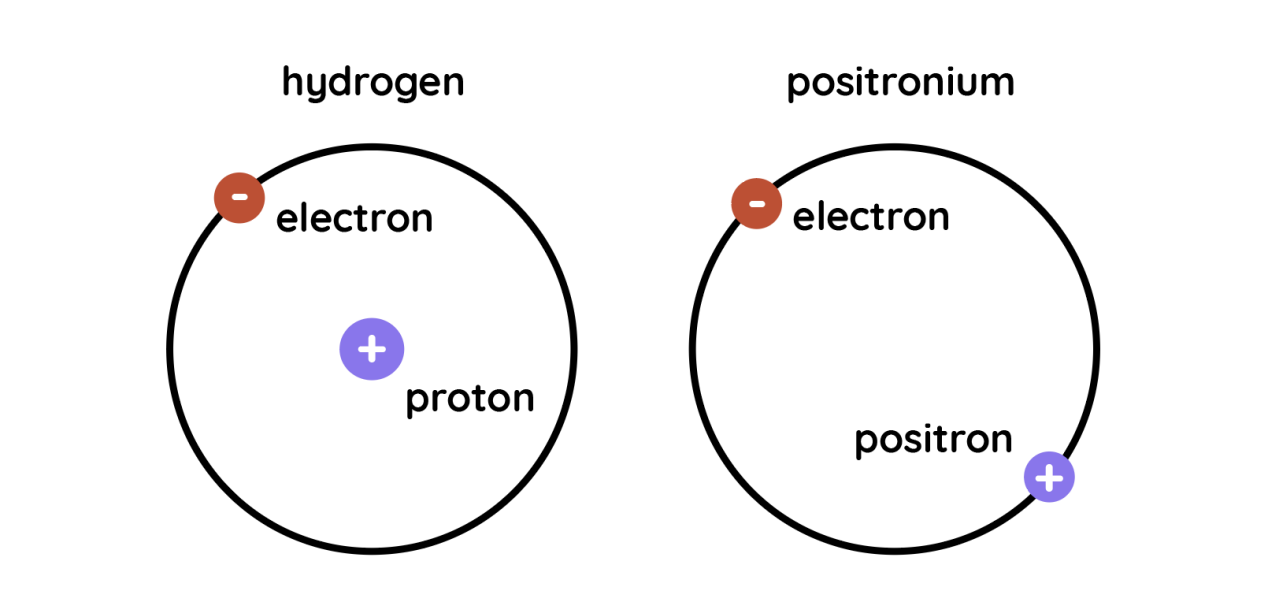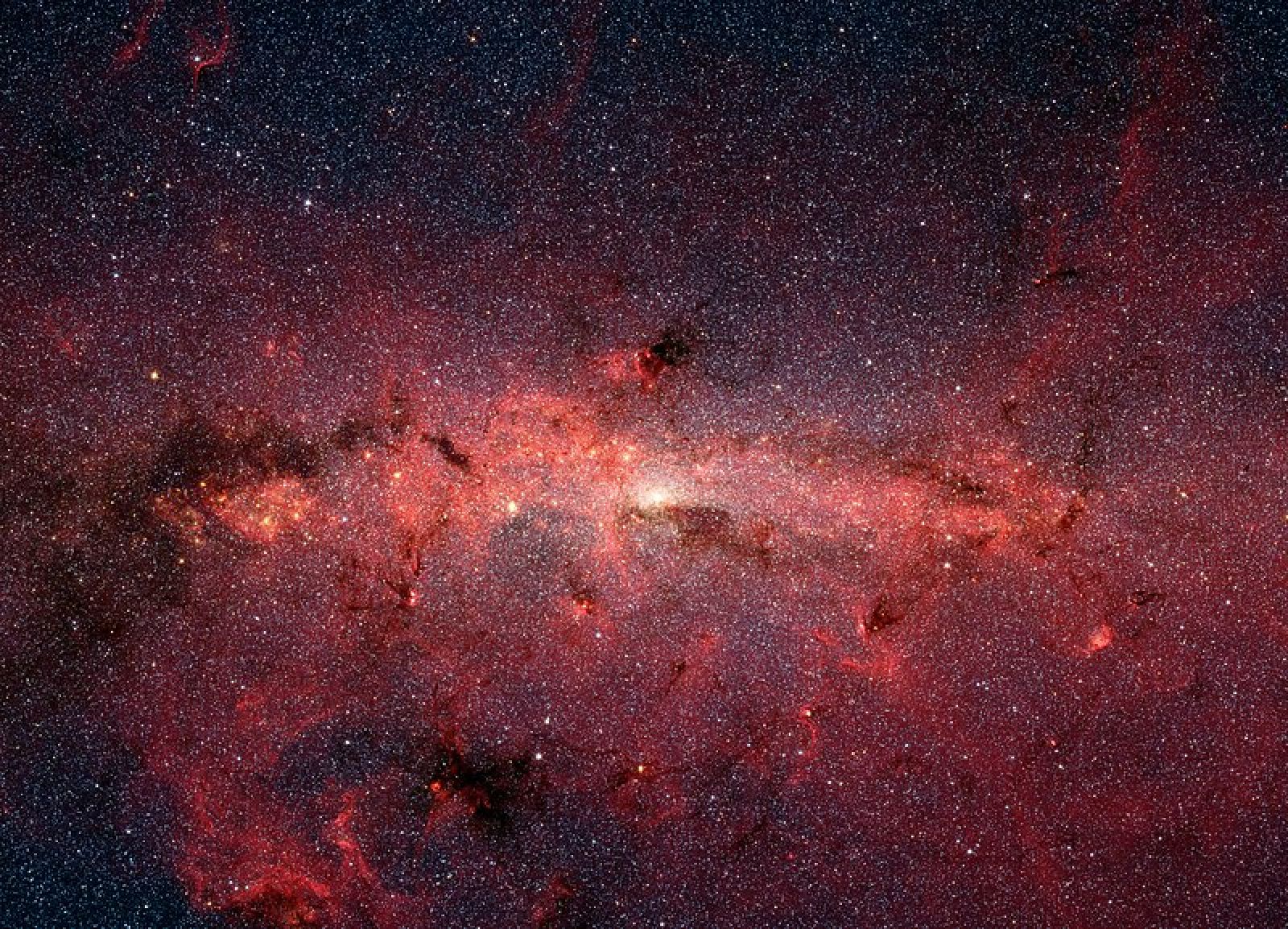Does the heart of the Milky Way hide a new form of dark matter? 🌌
Published by Cédric,
Article author: Cédric DEPOND
Source: Physical Review Letters
Other Languages: FR, DE, ES, PT
Article author: Cédric DEPOND
Source: Physical Review Letters
Other Languages: FR, DE, ES, PT
Follow us on Google News (click on ☆)
A team of researchers has proposed a new lead: a lightweight form of dark matter capable of self-annihilating and releasing charged particles. These particles would ionize the gas present in the Central Molecular Zone (CMZ) of the Milky Way, thereby explaining previously unexplained observations. This hypothesis opens a new path to understanding one of the greatest mysteries of modern physics.
A lighter dark matter than expected
Traditional dark matter, often associated with massive particles like "WIMPs," might not be the only candidate. Researchers are now exploring a lighter particle, with a mass smaller than that of a proton. When two of these particles collide, they would annihilate, producing electrons and positrons.
These charged particles would then interact with the surrounding gas, ionizing hydrogen atoms. This process would explain the abundant presence of ionized gas in the CMZ, a dense and turbulent region at the heart of the Milky Way. Unlike cosmic rays, often invoked to explain ionization, this new form of dark matter does not require ultra-energetic particles.
This hypothesis is all the more intriguing as it aligns with current observations without conflicting with astrophysical constraints. For example, models predict that this lightweight dark matter would not produce excessive gamma emissions, which matches the data collected in the CMZ. Moreover, this theory could also explain other phenomena, such as the X-ray emissions observed in this region.
This approach opens a new way to detect dark matter, not only through its gravitational effects but also through its chemical interactions with the interstellar medium. If this hypothesis is confirmed, it could shake up our understanding of this elusive substance and its role in the evolution of galaxies.
An unprecedented chemical signature
The hypothesis of lightweight, self-annihilating dark matter could also explain other phenomena observed in the CMZ. For instance, an X-ray emission, known as the "511-keV emission line," might be linked to the formation of positronium, a bound state between an electron and a positron instead of the traditional electron-proton. This luminous signature would correspond to the charged particles produced by dark matter annihilation.

Additionally, the absence of intense gamma emissions, typically associated with cosmic rays, reinforces the idea that the source of ionization is slower and less energetic. This consistency between observations and theoretical predictions makes this hypothesis particularly promising. Researchers emphasize that lightweight dark matter models do not contradict existing data, which is rare in this field of study.
This theory could also shed light on other cosmic mysteries, such as the distribution of dark matter in galaxies. If this lightweight particle is confirmed, it could explain why certain galactic regions exhibit unexpected levels of ionization. Future observations, particularly with the COSI space telescope, should allow for a more in-depth testing of this hypothesis.
